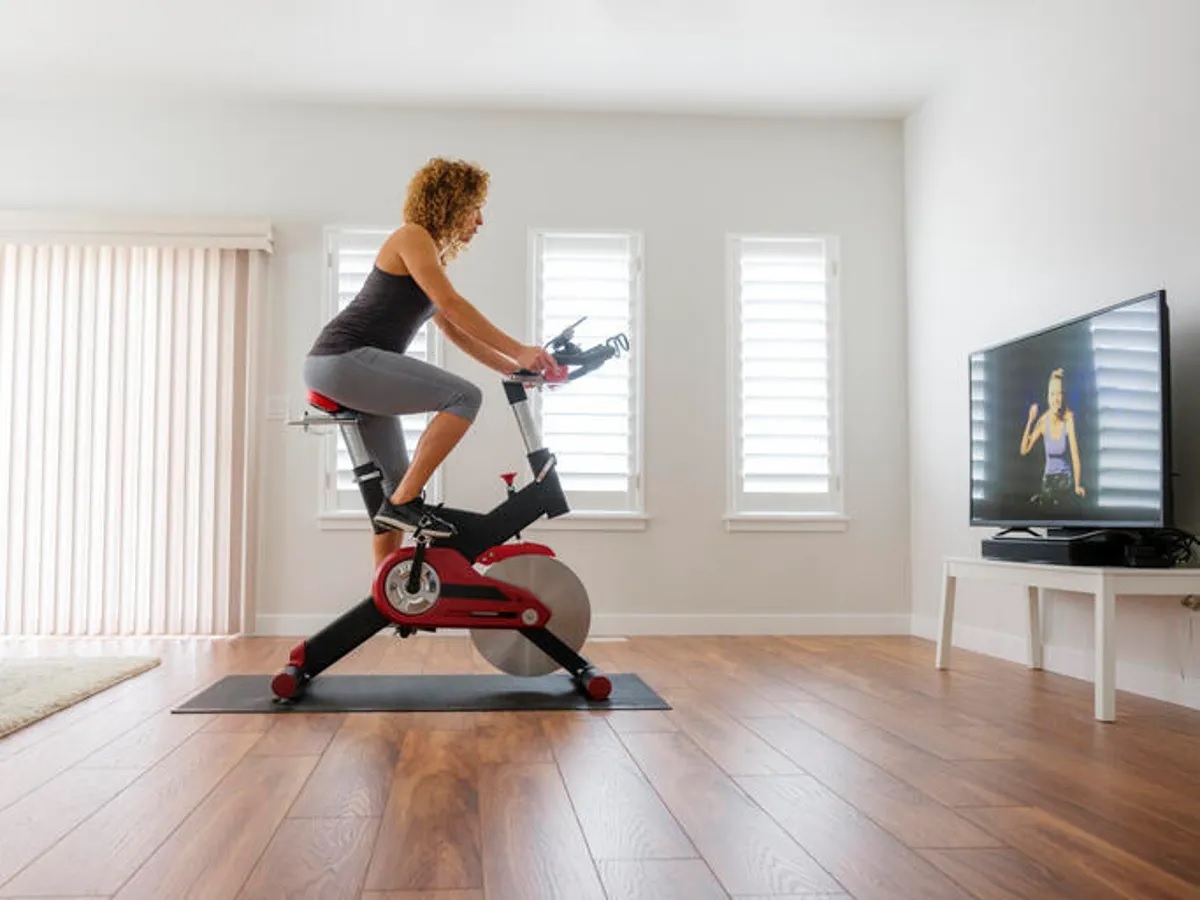In today’s modern world, technology has become an integral part of our daily lives. From smartphones to laptops, we rely on various machines to assist us in our tasks and make our lives easier. However, amidst all the high-tech gadgets and devices, there is a category of machines that often goes unnoticed but plays a crucial role in our day-to-day activities. These are stationary machines, also known as stationary equipment or fixed machinery, which are essential in industries, businesses, and even in our homes. From printing presses to drill presses, stationary machines are widely used for various purposes and have become an integral part of our society. For beginners, navigating through the world of stationary machines may seem daunting, with the different types and functions to understand. Therefore, in this article, we will provide an overview of stationary machines, their types, uses, and benefits, to help beginners gain a better understanding of this crucial aspect of modern technology. Whether you are a hobbyist, a DIY enthusiast, or an aspiring industrial worker, this article will provide a comprehensive guide to exploring the world of stationary machines.
Essential tools for stationary machinery mechanics.
Stationary machinery mechanics play a vital role in ensuring the smooth operation of various industrial and commercial facilities. To effectively maintain and repair these machines, there are certain essential tools that every stationary machinery mechanic should have in their arsenal. One of the most important tools is a set of reliable hand tools, such as wrenches, pliers, and screwdrivers. These tools are used for basic maintenance tasks like tightening bolts and screws, as well as more complex tasks like disassembling and reassembling machine parts.
Another essential tool for stationary machinery mechanics is a multimeter. This device measures electrical currents, resistance, and voltage, making it useful for troubleshooting and diagnosing issues in electrical systems of stationary machines. Other important tools include a torque wrench for accurately tightening bolts to specific torque specifications, an impact wrench for loosening stubborn bolts, and a variety of power tools for more heavy-duty tasks. It is crucial for stationary machinery mechanics to have a well-stocked toolbox to efficiently and effectively handle any maintenance or repair job that comes their way.
Understanding the inner workings of stationary machines.
Stationary machinery mechanics are skilled professionals who play a crucial role in keeping our industrial and commercial machines running smoothly. As the name suggests, these mechanics work on stationary machines that are used for a variety of purposes, such as manufacturing, construction, and transportation. Understanding the inner workings of these machines is essential for a stationary machinery mechanic to effectively diagnose and fix any issues that may arise
One of the key aspects of understanding the inner workings of stationary machines is having a thorough knowledge of their components and how they function together. This includes understanding the mechanical, electrical, and hydraulic systems of the machine. A stationary machinery mechanic also needs to have a good understanding of how to read technical manuals and schematics, as well as being familiar with different types of tools and equipment used for maintenance and repairs. With this knowledge, a skilled stationary machinery mechanic is able to troubleshoot and resolve any issues with precision and efficiency, ensuring the proper functioning of the machine.
Troubleshooting common issues in stationary machinery.
Stationary machinery mechanics often encounter common issues with stationary machines that can disrupt their functioning. One of the most common issues is overheating, which can occur due to a variety of reasons such as clogged air filters, low coolant levels, or malfunctioning cooling fans. To troubleshoot this issue, mechanics need to inspect and clean the air filters, check the coolant levels and replace any damaged parts in the cooling system.
Another common issue in stationary machinery is vibration, which can be caused by unbalanced or misaligned rotating parts. This can result in excessive wear and tear on the machine and can lead to more serious issues if not addressed promptly. To fix this issue, mechanics need to check and adjust the balance of rotating parts and ensure they are properly aligned. They may also need to replace damaged bearings or other components that may be causing the vibration. By regularly checking and addressing these common issues, stationary machinery mechanics can ensure that these machines continue to operate smoothly and efficiently.
In conclusion, Gestherm stationary machines are a versatile and essential tool for any beginner looking to level up their fitness or woodworking game. With a wide variety of machines available, it can be overwhelming to choose the right one for your needs. However, by understanding the basic types and functions of stationary machines, you can make an informed decision and begin your journey towards a stronger, more efficient and productive lifestyle. So go ahead and explore the world of stationary machines, and watch as your skills and fitness soar to new heights. Happy training!


Comments are closed.